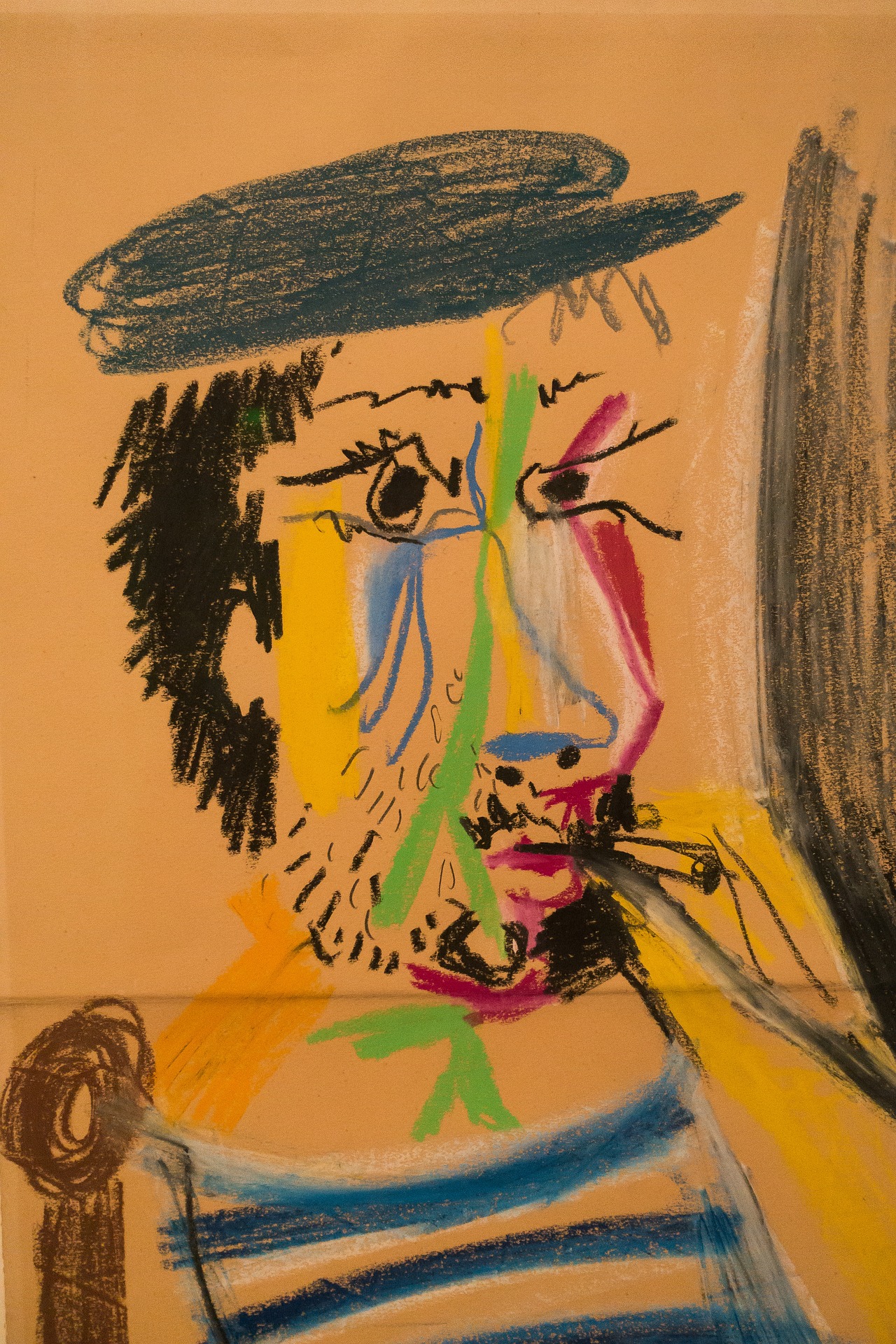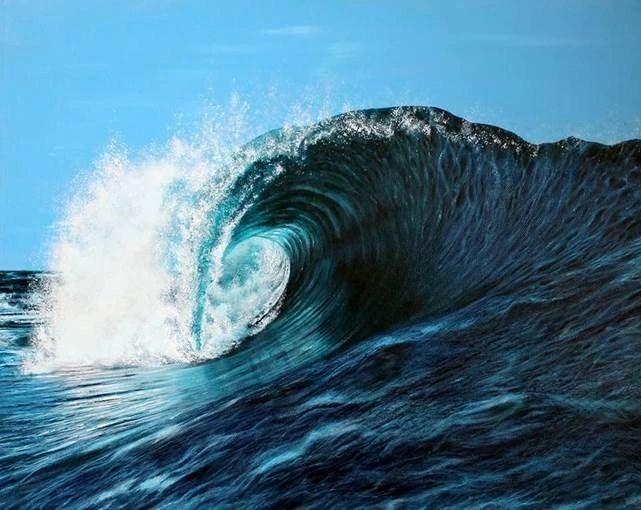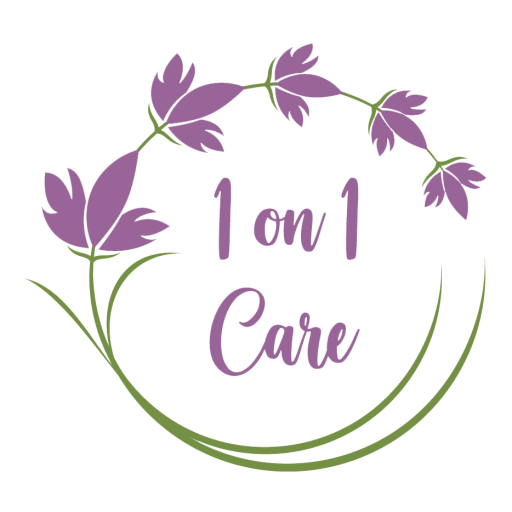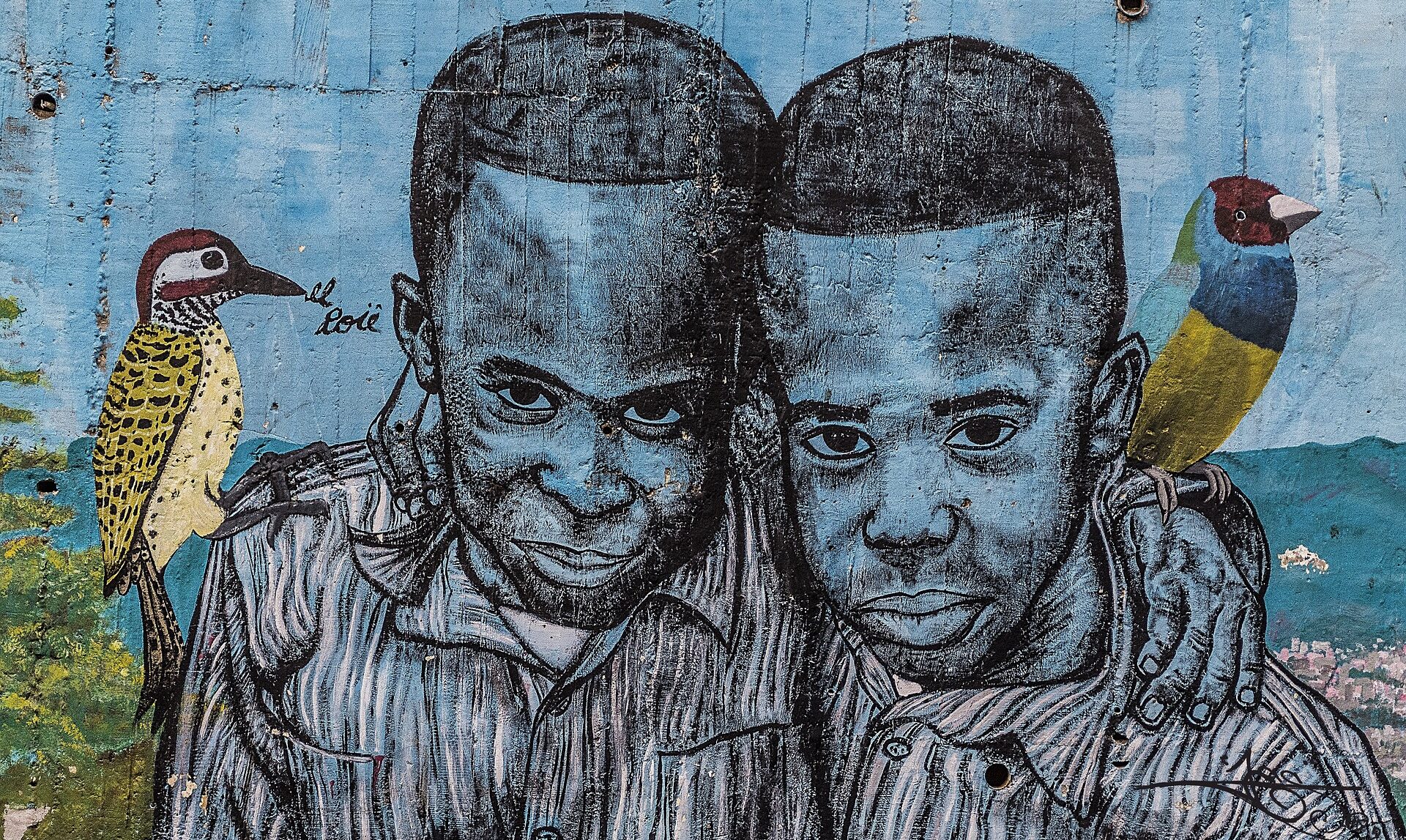The meaning of blue in our sky
‘Why is the sky blue?’ a four-year old girl asked, while drawing in our art therapy session. ‘I am going to paint the sky red” she decided, quickly forgetting the blue sky question as she continued with her artwork. Nevertheless, it got me thinking. What would life be like if our sky was red? My heartbeat quickened just thinking about it, with an ominous picture building in my imagination. I pictured anger tinged with curiosity; the trees were not their usual vibrant green anymore. And then I felt gratitude that the sky is blue.
Science explains the physics of colour via the Rayleigh effect. The interaction of light with our atmosphere can, on a sunny day, create the most beautiful blues. At dusk and dawn, delicious colour compositions appear in front of our very eyes. On my travels, I’ve noticed that each place has its own signature blue tone. And when I recall my homeland, Greece, the sky’s uniquely characteristic hue illuminates my mind’s eye.
Our internal meaning of blue
Cobalt, Aquamarine, Indigo, Cerulean, and Cyan are just a few different names for the many blues that paint our world. But these blues are not only different in name; their psychological and physiological impacts differ as well. Yes, the world of colours around you directly impacts your world internally.
Certain blues can lower your body temperature, whilst others create warmth. Some encourage dreaming, whereas others connect us to the present. We discover our unique true-blue through direct experience. Blue can be a channel for our psyche and it can reveal our inner reality.
The meaning of blue in the art world
Let’s now have a look at how different blues are used in the fine art world. Painting with blue often expresses feelings of sadness and depression, although different artists naturally have different perceptions. Therefore, the artwork they create with their varying shades of blue reveals their unique realities.
Sorrow and depression
Take the Blue Period of Pablo Picasso, for example. Both his art and personal life reflect Picasso’s outgoing nature, often socialising and engaging with others. However, he went through a blue period after a close friend, Carlos Casagenas, took his own life in Paris on February 17th, 1901. Pablo later recalled, “I started painting in blue when I learned about Casagena’s death.”

Whilst falling into a depression from 1901 to 1904, Picasso painted mainly in monochrome, using shades of blue and blue/green. Funnily enough, Picasso’s audience did not respond well to his work and the artist went through not only deep emotional, but also financial turmoil. It is only in recent years that part of his work was acknowledged and gained notoriety.
Wonder and inspiration
Blues can also be employed to provoke feelings of awe, wonder, and humbleness. Dominikos Theotokopoulos (El Greco), a renowned Greek artist who lived and worked in Spain, is famous for his religious paintings and his wide use of blue. Being deeply religious himself, his blues appear to have a direct connection to divinity and wisdom – one can experience awe and wonder when in front of El Greco’s art.
Finally, blues can create an inner impression of space, breathing, and expansion. Claire Ross has always been fascinated by the intensity of colour in Australian beaches and beautifully portrays these qualities in her paintings. When I asked what inspired her to paint such blue images, Claire explained:
“I painted this piece as a colour study. The original photograph was a lot lighter, giving off a calmer energy. As the painting progressed, the colours deepened and gave a more dramatic effect and I heightened the contrast. Paint seems to absorb the energy of the painter…what they might be feeling or experiencing at the time. It almost has no choice but to then take on a life of its own. I realised once it was completed that the wave became very powerful. This piece was about me stepping into that power and riding whatever waves life was presenting me.”

Discover your meaning of blue
In conclusion, there is a lot to be discovered when we begin to work with the colour blue; because every single one of us relates to it whether or not we are aware. This all-encompassing primary colour can speak directly to one’s psyche, while also allowing for it to be expressed.
So next time you look at the sky, a blue painting or the sea, allow yourself to feel connected with those subtle feelings within. Get in touch to discuss how we can utilise art and colour to help you reconnect with your inner self.




